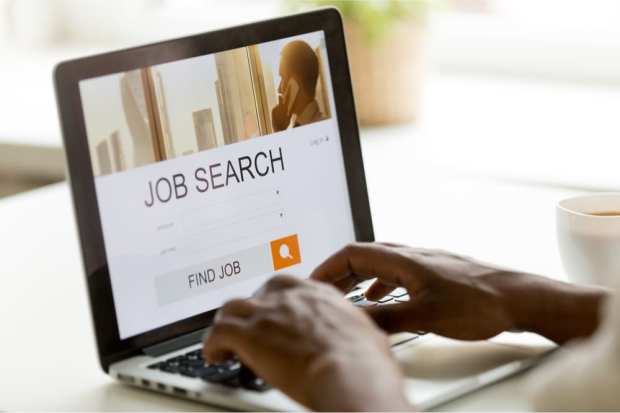US Consumers Fret Over Future Without Federal Jobless Aid

The number of personal bankruptcy filings, one indicator of the American consumer’s financial health, fell to the lowest level in 15 years from April through June, according to the American Bankruptcy Institute (ABI).
Total U.S. bankruptcy filings totaled 38,428 in April, down from 71,303 for the same month one year ago, a 46 percent drop. The number of consumer bankruptcy filings in April dropped by 47 percent to 36,150 from the April 2019 consumer total of 67,802.
“Filings have just gone through the floor,” said Henry E. Hildebrand III, a consumer bankruptcy trustee in Nashville, told The New York Times.
The dive in bankruptcy filings appears to coincide with the CARES Act, which has put cash into unemployed people’s hands on a weekly basis starting in April. Congress approved a $600 weekly benefit to be added to the state’s jobless benefit.
As of the middle of June, the Treasury Department had issued nearly $270 billion worth of stimulus payments to some 160 million people, the Times reported.
“The extraordinary measures taken by Congress and the Administration to assist individuals and businesses weather the initial economic shock caused by the pandemic have likely staved off bankruptcy filings to date,” said ABI Executive Director Amy Quackenboss in a statement.
That could change soon though, as the supplemental jobless benefits are set to end this month. Unless Congress extends aid, bankruptcy experts say filings will begin to rise due to the unemployment rate and the increased presence of the virus.
For example, the Times talked to Jess Brown, who has $40,000 in credit card debt and only qualified for $135 per week in unemployment benefits pre-pandemic. The extra $600 per week has helped her as she looks for work, but she told the Times she worries about the federal relief ending.
“It only brings me emotional distress,” she said, according to the Times.
The concept of bankruptcy has never been popular among Americans, experts say, because it comes with a stigma.
“Filing bankruptcy, for consumers, is sort of an admission that you’re a financial failure, and people just can’t admit that,” John Rao, a lawyer at the National Consumer Law Center in Boston told the Times. “They still think that they can pull out of it somehow.”
Commercial filings fell as well, according to ABI. Total commercial filings dropped to 2,278 filings, down from the 3,501 registered in April 2019, a 35 percent dip. In contrast, Chapter 11 filings, which provide for reorganization, rose 26 percent to 560 in April from the April 2019 total of 444.
Last week, PYMNTS reported new federal legislation could make it easier for businesses to file for Chapter 11 bankruptcy and remain open, with more leverage for small businesses and easier ways to force negotiations with suppliers and landlords.
The Small Business Reorganization Act would eliminate practices that forced businesses into liquidity to pay creditors without giving them an opportunity to fight to stay active.
The measure could prove a boon for smaller businesses looking to file for bankruptcy over pandemic-related economic distress.
